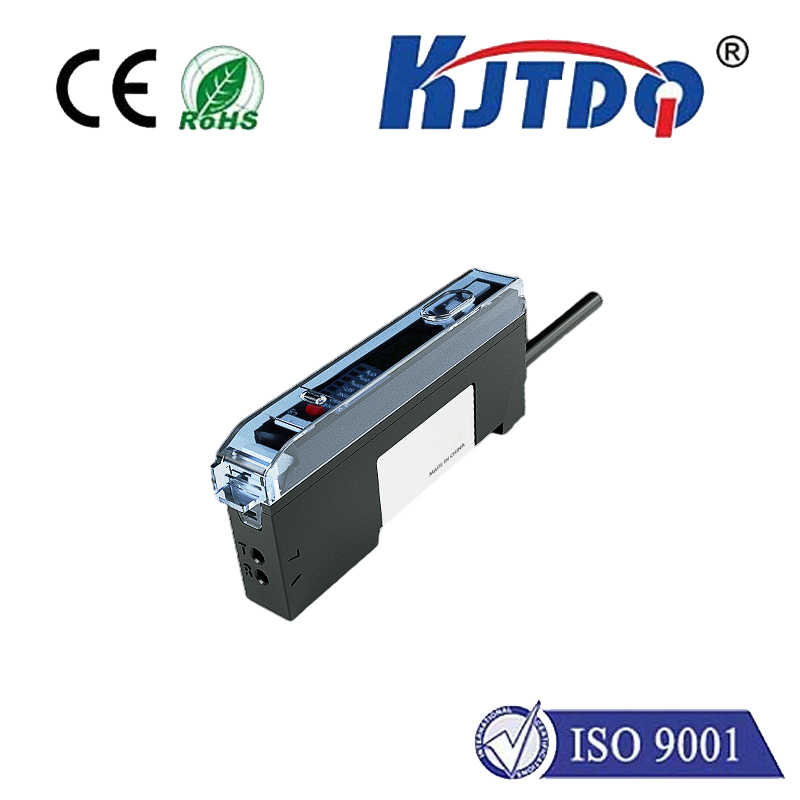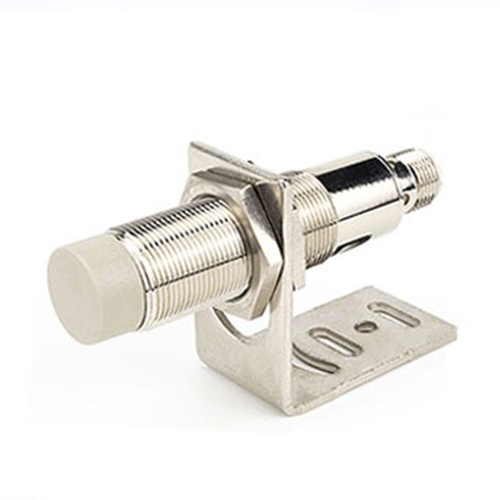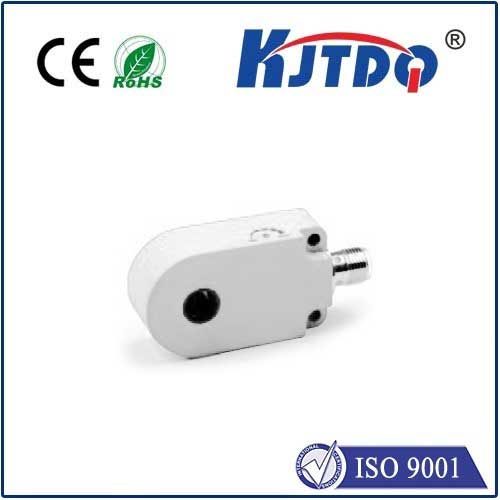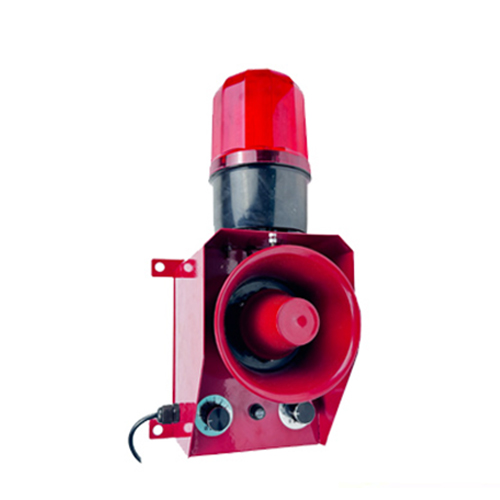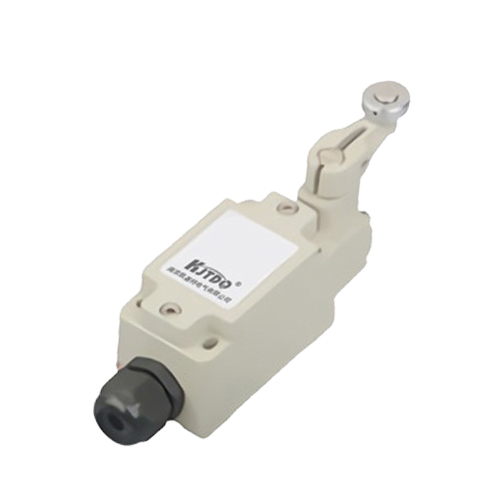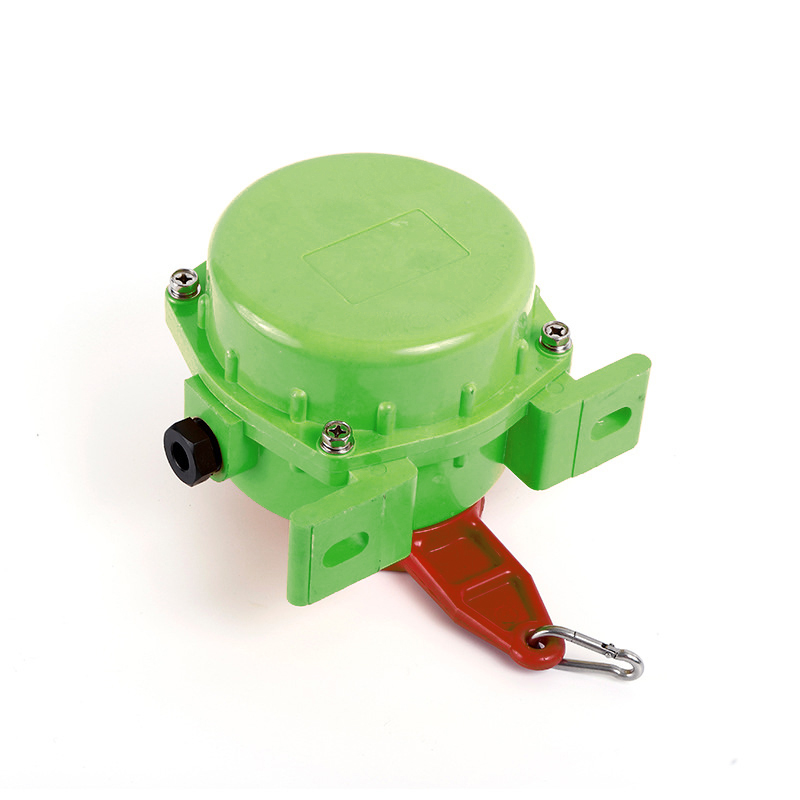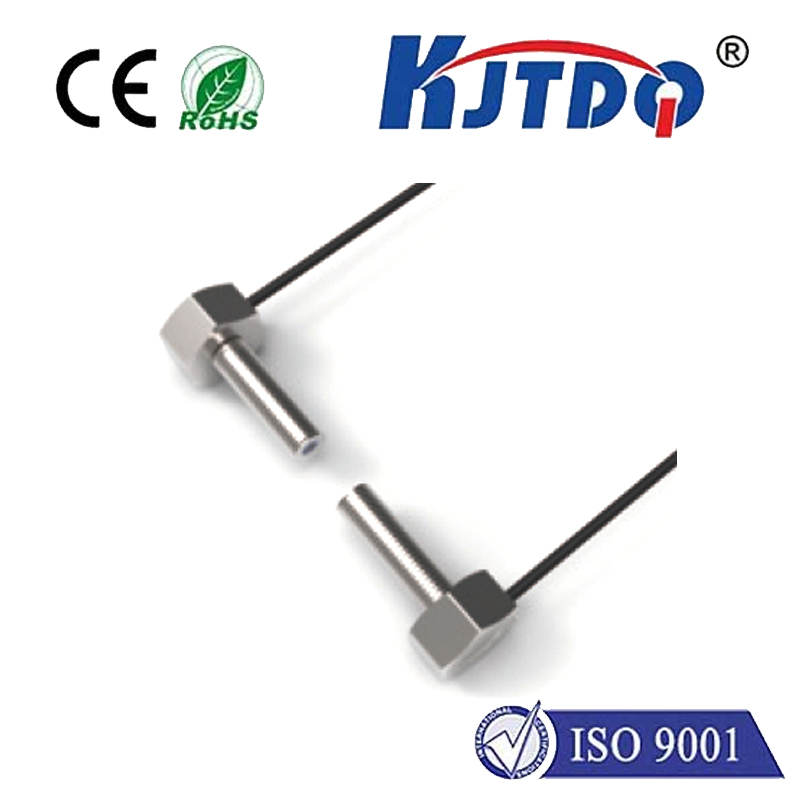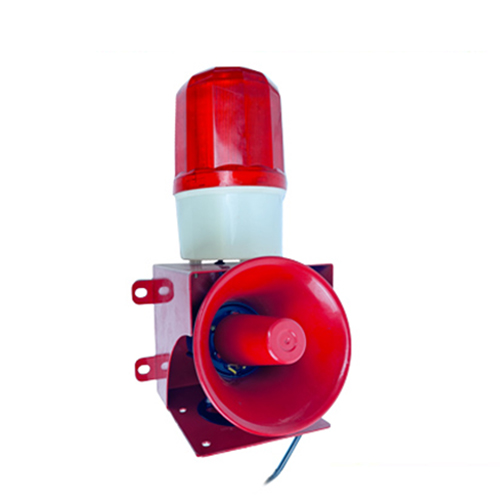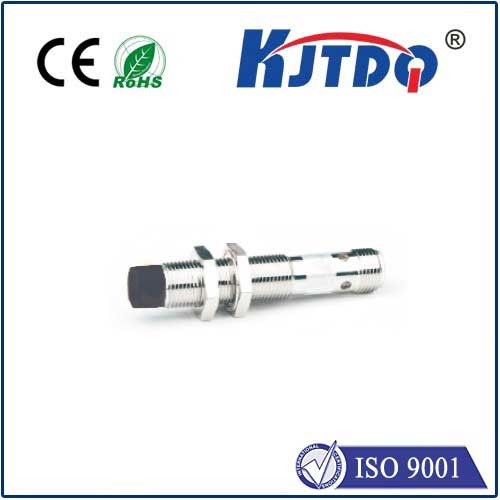low voltage proximity sensor
- time:2025-07-16 08:50:46
- Click:0
Low Voltage Proximity Sensors: Safer Sensing, Smarter Efficiency
Imagine a factory assembly line humming with activity. Robots move with precision, conveyor belts glide seamlessly, and components snap into place. Beneath this orchestrated efficiency lies a network of silent sentinels – proximity sensors. Among these, low voltage proximity sensors are increasingly becoming the preferred choice, offering a powerful blend of safety, energy efficiency, and reliability. But what exactly makes them so valuable in today’s automated world?
Understanding the Core: Proximity Sensing at Lower Power
At their essence, proximity sensors detect the presence or absence of an object without physical contact. They achieve this through electromagnetic fields, capacitance changes, or light beams, depending on the type (inductive, capacitive, photoelectric). A low voltage proximity sensor specifically operates within a defined lower voltage range, typically 12V DC or 24V DC, compared to traditional sensors often running at higher voltages (like 120V AC).
This fundamental shift from high to low voltage brings a cascade of significant advantages, making these sensors indispensable in diverse applications.
Why Choose Low Voltage Proximity Sensors? The Compelling Advantages
- *Enhanced Safety:* The foremost benefit is dramatically improved operator safety. Voltages like 12V or 24V DC fall into the Safety Extra-Low Voltage (SELV) category. This means even accidental contact with live wiring during installation, maintenance, or troubleshooting poses a significantly lower risk of electric shock compared to higher AC voltages. This is non-negotiable in environments prioritizing personnel safety compliance.
- Reduced Energy Consumption: Lower operational voltage inherently translates to lower power draw. While an individual sensor’s savings might seem small, the cumulative effect across dozens or hundreds of sensors in a facility can be substantial. This contributes to lower operating costs and aligns with sustainable manufacturing goals.
- Simplified Wiring and Installation: Operating at common DC voltages (especially 24V DC, an industry standard), these sensors integrate seamlessly with modern Programmable Logic Controllers (PLCs) and control systems, which predominantly use DC logic levels. This eliminates the need for bulky relays to interface between high-voltage sensors and low-voltage controllers, streamlining panel design, reducing wiring complexity, and minimizing installation time and costs.
- Compatibility with Modern Electronics: The proliferation of IoT devices, microcontrollers, and sophisticated control systems often dictates low-voltage DC power supplies. Low voltage proximity sensors naturally complement this ecosystem, making integration straightforward and avoiding potential damage to sensitive circuits caused by higher voltages or noise interference.
- Compact Designs: Advances in electronics allow effective sensor operation at lower voltages without sacrificing performance. This often enables manufacturers to produce more compact sensors, beneficial in space-constrained applications on machinery or robots.
Key Types of Low Voltage Proximity Sensors
The principle of operation defines the main categories:
- Low Voltage Inductive Sensors: Detect metallic targets (ferrous and non-ferrous) using an electromagnetic field. Ideal for counting metal parts, position feedback on cylinders, or detecting machine tool positions. Their robustness makes them king in harsh industrial environments.
- Low Voltage Capacitive Sensors: Detect presence based on changes in an electrostatic field. They can sense both metallic and non-metallic materials (liquids, plastics, wood, glass). Common uses include level detection in tanks, monitoring presence of labels or plastic parts, and material handling verification.
- Low Voltage Photoelectric Sensors: Use a transmitted light beam (visible or infrared) to detect interruption or reflection. Offer the longest detection ranges among proximity sensors. Sub-types include through-beam, retro-reflective, and diffuse. Perfect for object detection on conveyors, web break detection, or counting transparent bottles.
- Low Voltage Magnetic Sensors (Reed Switches/Sensors): Detect the presence of a magnetic field, typically actuated by a moving permanent magnet. Widely used for position detection on cylinders (piston position) or doors/windows. Known for very low power consumption even within the low voltage category.
Where Do They Shine? Common Applications
The versatility of low voltage proximity sensors ensures their presence across countless industries:
- Industrial Automation: Machine guarding, robotic end-effector positioning, part presence verification on conveyors and palletizers, cylinder position feedback, spindle orientation.
- Packaging Machinery: Product counting, fill level detection, cap presence/absence checking, label detection.
- Material Handling: Object detection at transfer points, pallet presence, gate/door position monitoring.
- Automotive Manufacturing: Assembly line sequencing, robot positioning, weld gun confirmation.
- Food & Beverage Processing: Hygienic tank level monitoring, detecting containers/bottles, conveyor jam detection.
- Medical Equipment: Position sensing in diagnostic machines, safety interlocks on doors/hoods.
- Building Automation: Door/window status (using magnetic sensors), elevator position, HVAC damper control.
- Mobile Machinery & Vehicles: Position feedback on hydraulic cylinders, boom position sensing, safety interlocks.
Choosing the Right Low Voltage Sensor: Key Considerations
Selecting the optimal sensor involves evaluating several factors:
- Target Material: Metal? Plastic? Liquid? Ferrous or non-ferrous metal? This dictates Inductive vs. Capacitive vs. Photoelectric.
- Sensing Range: How far away does the sensor need to detect the object? Different types and models offer varying ranges.
- Operating Environment: Exposure to dust, moisture, oils, chemicals, temperature extremes, or vibration? Look for appropriate IP ratings for dust/water protection.
- Output Type Needed: Do you require a simple digital signal (NPN or PNP transistor output sinking/sourcing), analog output (distance proportional), or IO-Link for digital communication? Ensure compatibility with your PLC/controller.
- Mounting Constraints: Space limitations? Flush or non-flush mounting capability (particularly important for inductive sensors)?
- Voltage Compatibility: While generally 10-30V DC, confirm the exact operating voltage range matches your available supply.
The Smart Choice for Modern Sensing Needs
The trend towards low voltage proximity sensors is more than just a technical specification; it’s a smart alignment with the core demands of modern industry. By significantly enhancing operator safety through SELV compliance, reducing operational energy costs, simplifying integration with sophisticated control electronics, and enabling compact designs, these sensors deliver tangible benefits. Whether you’re designing a complex robotic cell, automating a packaging line, or improving safety on mobile equipment, incorporating the right low voltage proximity sensor is a strategic step towards achieving greater efficiency, reliability, and safety. Their versatility ensures that wherever objects need to be detected reliably and safely, a low voltage option provides an optimal solution.











